How to cook pasta perfectly is very simple, and Italians have mastered it for centuries by eating it daily. Making pasta is, for Italians, an essential skill we learn from a young age, passing our knowledge from generation to generation. Here you find 20 tips and tricks to make any linguini, rigatoni or spaghetti perfect each time.

Jump to:
- Before you start
- Boiling water
- How much pasta per person
- Best pasta shapes and brands
- Cooking spaghetti noodles
- Cooking pasta
- How to know when it is done and al dente
- How to keep noodles from sticking
- For best results and thicker sauces
- Italian rules on pasta
- The most commonly asked questions
- 📋How To Cook Pasta Like An Italian
Before you start
- Pasta should be boiled in salted water; adding salt after doesn't work
- Add kosher salt as soon as you put the pan with water on the heat, so you don't forget
- Use 1 tablespoon of salt per 4 quarts of water (4 liters), which should be enough for 1 pound of pasta (500 gr)
- If you don't remember adding salt to the water, taste the water.
- Make sure you use a large pot with enough water. You do not want the water to overflow once you put in the pasta. It should be able to move around the water freely
- It should be seasoned with its sauce as soon as it is drained. Make sure the sauce is ready while it cooks
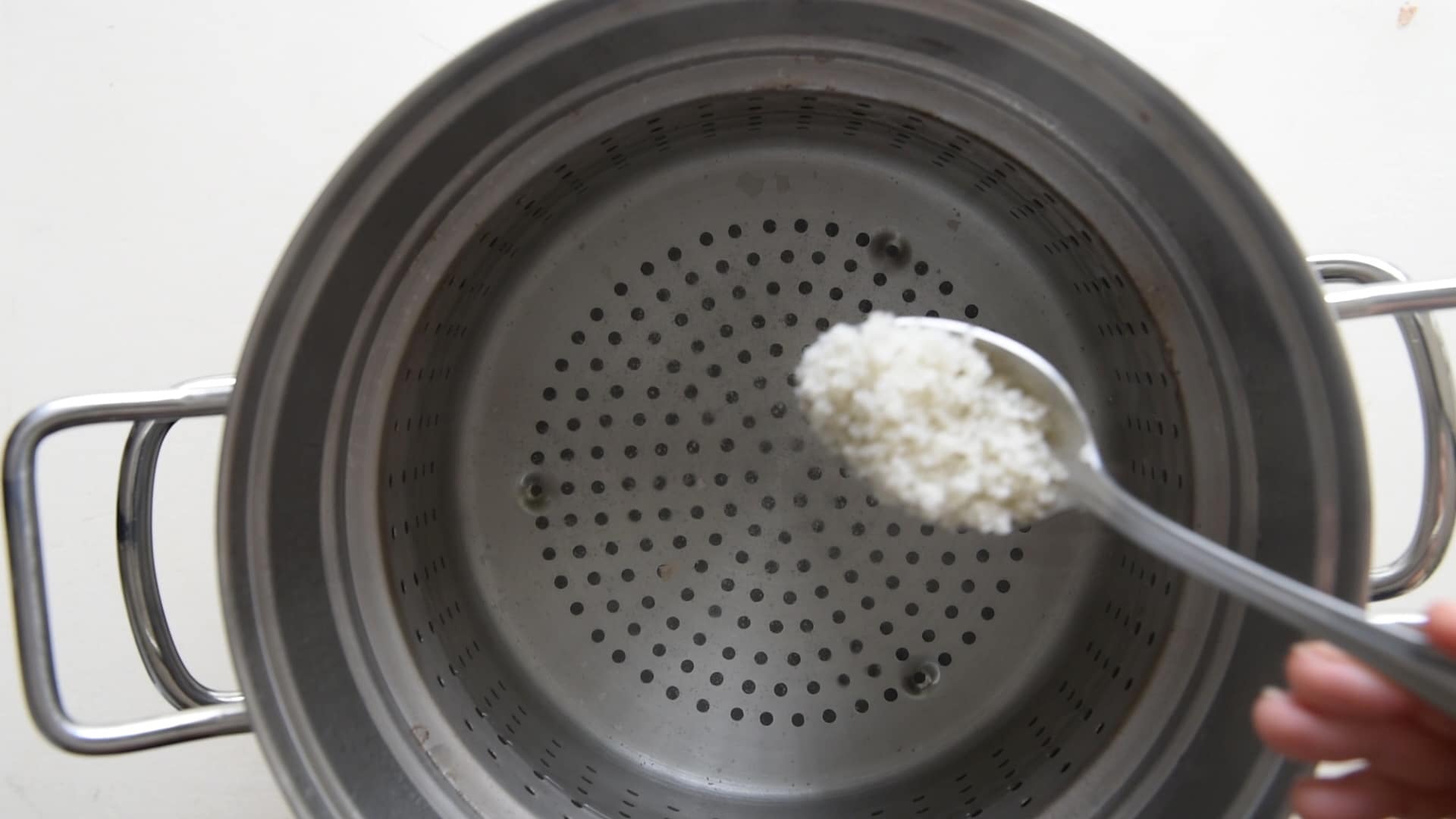
Boiling water
- Fill the pan with cold water. There is no need to boil the water in a boiler
- If you put the lid on the pan, the water will get to the boiling point faster
- Do not add oil to the water; it is completely unnecessary
- The water should be rolling boil before you put the pasta
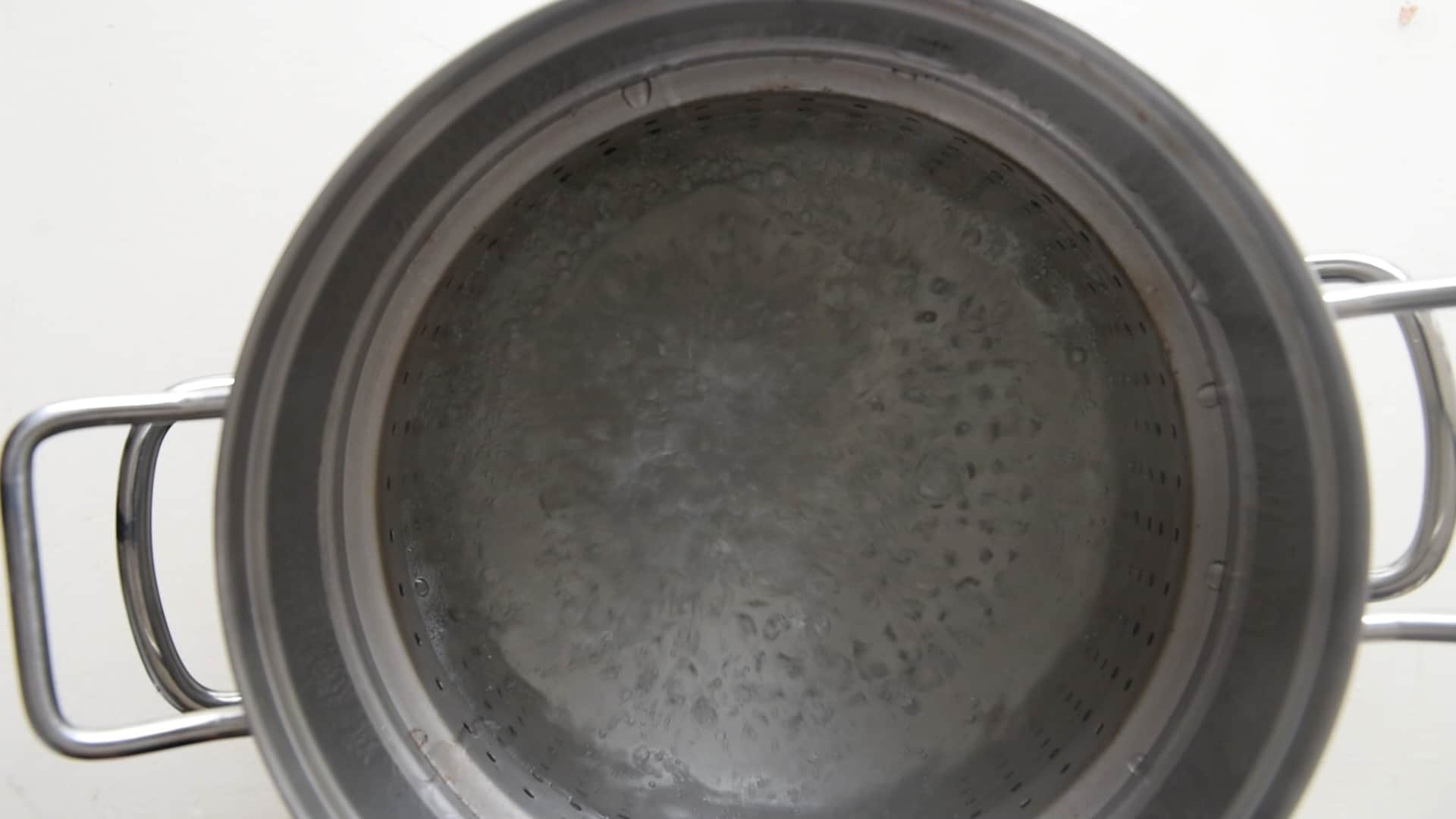
How much pasta per person
- For the Italians, pasta is a separate course from the main, so we normally cook 3.5 oz - 100 gr per person. This amount is enough if it is not the only course served.
- If it is the main and sole course, you can increase it to 5 to 7 oz - 150 to 200 gr per person. If you are feeding teenage boys, increase exponentially to their age.
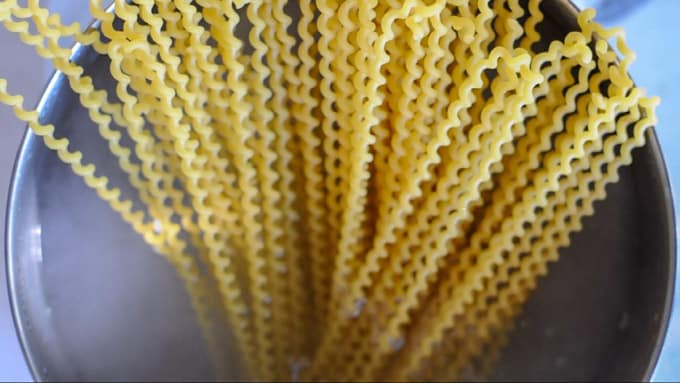
Best pasta shapes and brands
- It is important to buy good quality and make sure it is made with durum wheat otherwise; it will never be al dente
- Before you throw away the package, read the suggested cooking time
- Each shape is best served with a specific sauce depending on texture and ingredients. You can find out about the best combination on Eataly: The Ultimate Pasta Guide
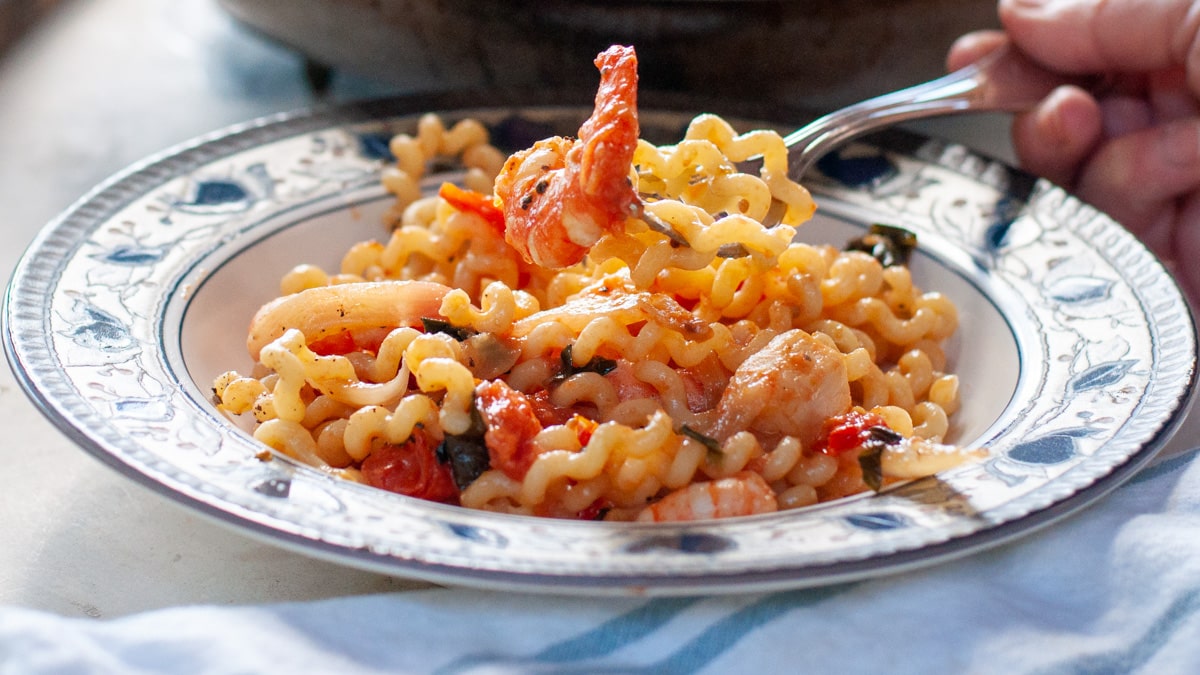
Long pasta to wrap each bite
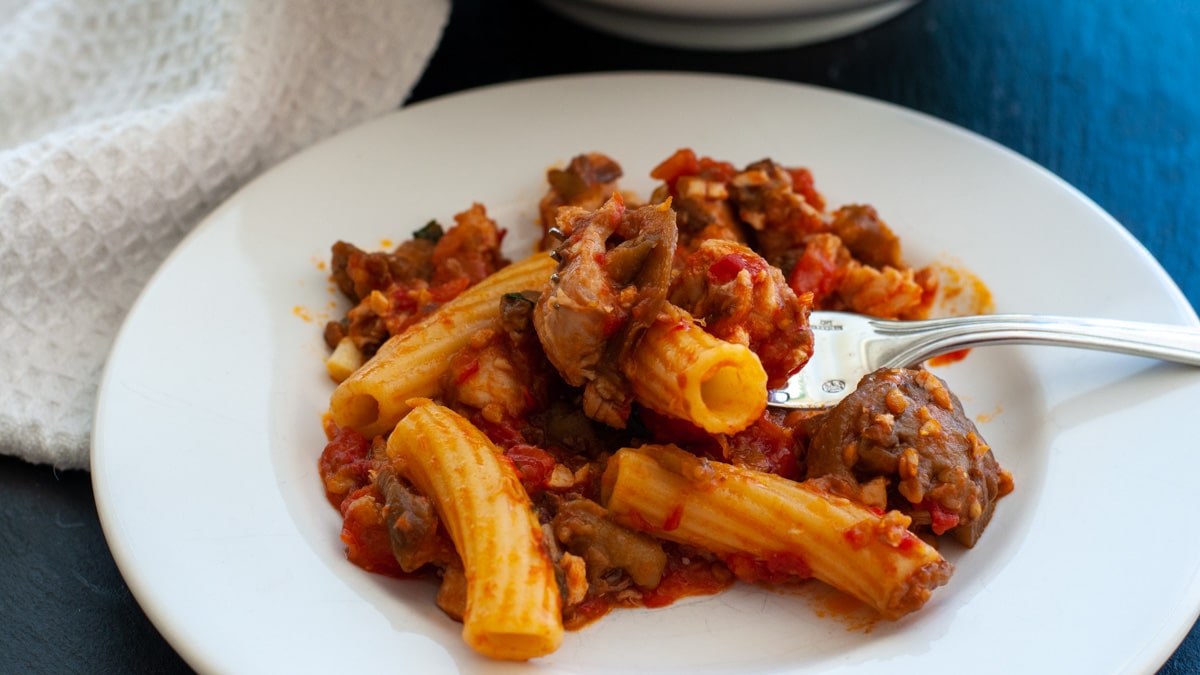
Rigatoni for rich sauces

Short pasta for light sauces and salads

Small pasta for soups
- Use a good brand. My favorites are (in this order): Rummo, Garofalo, De Cecco. Barilla is my least favorite one but better than any other unknown brands
- Check its cooking time in the packages; for al dente, you should cook one minute less than the recommended cooking time

Cooking spaghetti noodles
- If you are cooking spaghetti, make sure the pot is large enough
- Once the spaghetti are added to the boiling water, stir them immediately until they bend and are completely submerged in the boiling water.

Cooking pasta
- When you add the pasta, the water may stop boiling as it lowers the water temperature. Put the lid on the pan until the water starts boiling again
- Once the water boils, remove the lid otherwise, the foam will overflow from the pan
- Stir it from time to time with a wooden spoon to make sure the pasta doesn't stick to each other or to the bottom of the pan
- Keep the heat high, so the water boils all the time, but not too high as it could overflow

How to know when it is done and al dente
- As a good rule of thumb, always cook it 1 minute less than the recommended cooking time on the package
I hope you remembered to read it and you don’t have to go fishing for the package in the garbage.
- Taste it; it should be soft but chunky and with a firm consistency in the center, not hard but firm
- Fresh homemade tagliatelle or spaghetti only needs to cook for 3 minutes
- Once you turn off the heat and the water stop boiling, drain the pasta immediately
- Keep some of the cooking water aside; this water is full of starch and can thicken the sauce
- You should never leave it floating in hot water if it is not boiling

How to keep noodles from sticking
- Season the drained pasta immediately and stir.
- If, for whatever reason, the sauce is not ready, season it with little olive oil and stir
- Once the pasta is ready and seasoned, it has to be served and eaten immediately
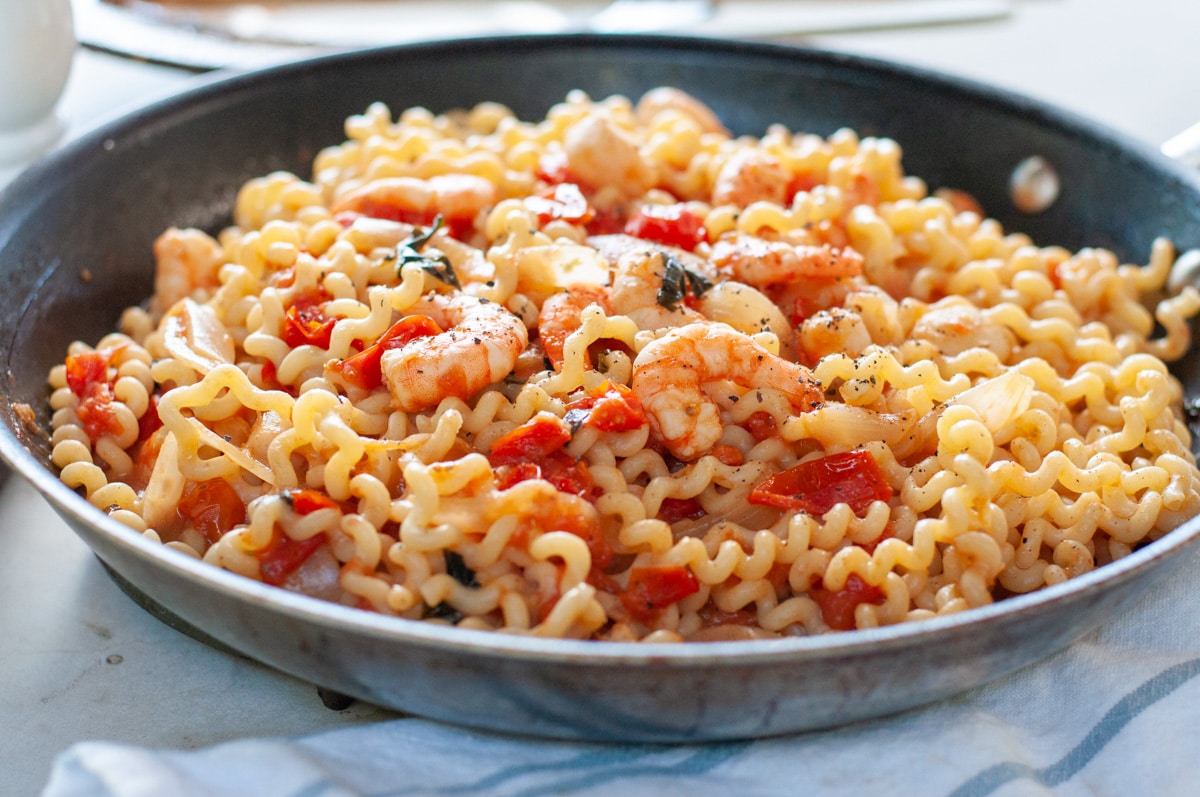
For best results and thicker sauces
- To better incorporate your sauce, leave the sauce in the pan where it cooks and add the pasta.
- Stir them on low heat for an extra minute; that is why you should cook the pasta 1 minute less than on the package directions
- To make a thicker sauce without adding any cream, add a couple of spoons of the starchy water you put aside
- Whatever favorite sauce you are serving with your pasta, freshly black pepper will always add an extra special touch
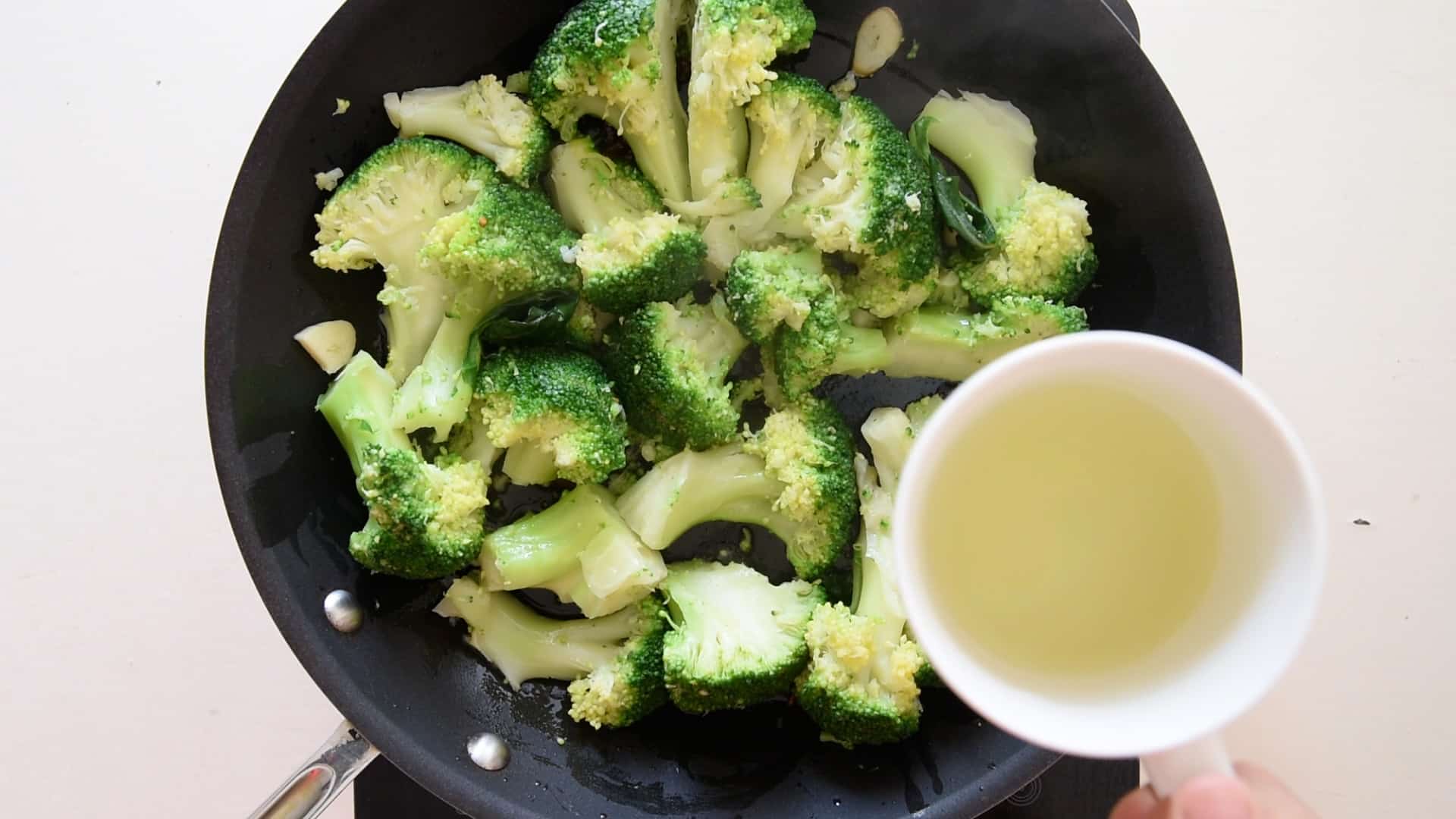
Italian rules on pasta
- No parmesan cheese or any other cheese with seafood; its flavor is too strong and will overpower the taste of fresh seafood. You can sprinkle toasted grated breadcrumbs or almonds instead
- Traditionally chicken is never served with pasta as it was considered a peasant meal, and the chicken too refined to be served with it
- If you have any leftover, store it in the fridge in an airtight container and fry it "pasta a frittata" the next day
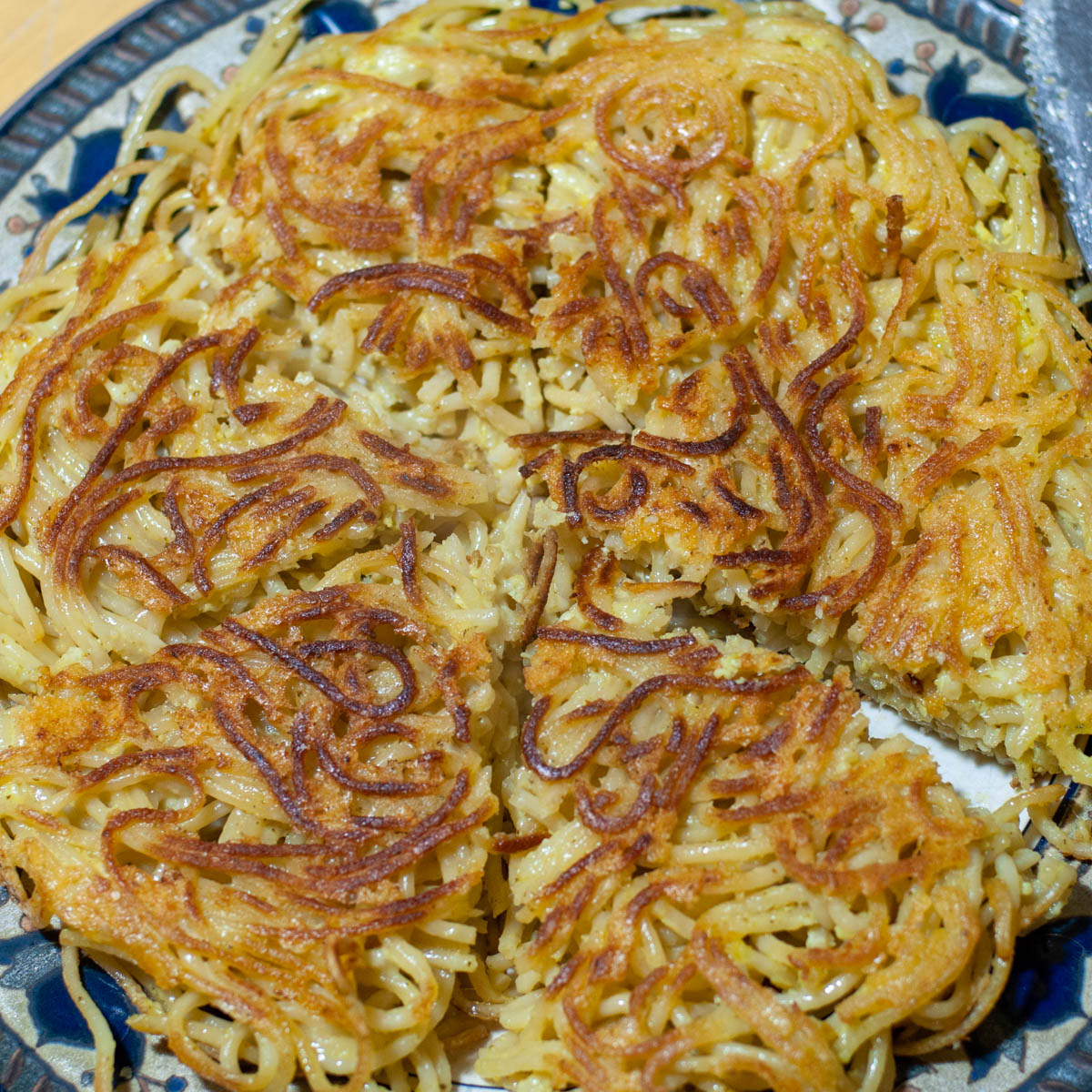
For more recipes, look up the category:
If you want to make fresh tagliatelle at home, you can find the recipe: Homemade Italian pasta recipe

The most commonly asked questions
Considering that for the Italians it is a separate course from the main, we would normally cook 3.5 oz - 100 gr per person. This amount is enough if it is not the only course served. If pasta is the main and sole course, you can increase it to 5 to 7 oz - 150 to 200 gr per person. If you are feeding teenage boys, increase exponentially to their age.
You can, but Italians would never do that as we do not take risks to overcook it
Cooked pasta can last for three days, depending on the sauce it is served with. For pasta with seafood, I wouldn't keep it for more than the next day. However, if you fry your leftover (fried pasta a frittata) it wouldn't last a day as it will get eaten in a flash
Always cook spaghetti 1 minute less than what is indicated in the box if you want it "al dente"
In Italy, the Marinara sauce is used only on a pizza called “Pizza alla marinara”. It is made with tomato sauce flavored with oregano. It is not the standard sauce we use in pasta daily. When this sauce is used for cooking meat or fish, it is called “alla pizzaiola”. The tomato sauce instead is called "Salsa di pomodoro" and we use it daily. It is made with garlic (used only to flavor the oil, but it is then removed), tomato sauce, and basil. It is very simple to make and is Italy's most common pasta sauce. Sometimes instead of garlic, we stir fry a mix of onion, celery, and carrot called soffritto. "Sugo di pomodoro" is a more complex tomato sauce made with additional ingredients, while Ragu is a tomato sauce made with meat. Bolognese sauce is a specific type of ragu made in Bologna.
It depends on the thickness and how long it has been dried (hours vs days). It can go from 3 to 4 minutes for fresh tagliatelle and spaghetti.
It depends on their sauce. If seafood, I would recommend finishing them the next day. Any other sauce can last longer but no more than three days. To use leftover spaghetti, you can fry them to make pasta a frittata. They will be gone in a flash.
The best commercial Italian brands you find outside Italy are in order of quality: 1- Rummo, 2- Garofalo, 3 - De Cecco, 4 - Barilla
If you are making pasta like an Italian, leave your comment below I would like to hear from you. You can find more delicious ideas if you FOLLOW ME on Facebook, YouTube, or sign up to my newsletter.
📋How To Cook Pasta Like An Italian
Instructions
Before you start
- Pasta should be boiled in salted water; adding salt to the pasta after doesn't workwater
- Add kosher salt as soon as you put the pan with water on the heat so you don't forgetsalt
- Use 1 tablespoon of salt per 4 quarts – 4 liters of water, which should be enough for 1 pound half a kilo of pasta
- Make sure you use a large pot with enough water. You do not want the water to overflow once you put in the pasta, and you want to pasta to move around freely
- If you don't remember if you added salt to the pasta water, taste the water. It should taste like seawater
- The pasta should be seasoned with its sauce as soon as it is drained. Make sure the sauce is ready by the time the pasta is done
Boiling the water
- Fill the pan with cold water. There is no need to boil the water in a boiler
- If you put the lid on the pan, the water will get to the boiling point faster
- Do not add oil to the water; it is completely unnecessary
- The water should be rolling boil before you put the pasta
How much pasta per person
- For Italians, pasta is a separate course from the main, so we normally cook 3.5 oz- 100 gr per person. This amount is enough if pasta is not the only course served.pasta
- If pasta is the main and sole course, you can increase it to 5 to 7 oz - 150 to 200 gr per person. If you are feeding teenage boys, increase the amount exponentially to their age
Best pasta shapes and brands
- It is important to buy good quality pasta and make sure the pasta is made with durum wheat otherwise, it will a mushy mess and never al dente
- Before you throw away the package, read the suggested cooking time
- Each dry pasta shape is best served with a specific sauce depending on texture and ingredients. You can find out about the best combination on the link below
- Use a good pasta brand. My favorites are (in this order): Rummo, Garofalo, De Cecco. Barilla is my least favorite one but better than any other unknown brands
- Check the pasta cooking time in the pasta packages; for pasta al dente, you should cook one minute less than the recommended cooking time
Cooking spaghetti noodles
- If you are cooking spaghetti, make sure the pot is large enough
- Once the spaghetti are added to the boiling water, stir them immediately until they bend and are completely submerged in the boiling water
Cooking pasta
- When you add the pasta, the water may stop boiling as the pasta lowers the water temperature. Put the lid on the pan until the water starts boiling again. Once the water boils, remove the lid otherwise, the foam will overflow from the pan
- Stir the pasta from time to time with a wooden spoon to make sure the pasta doesn't stick to each other or to the bottom of the pan
- Keep the heat high, so the water boils all the time, but not too high as it could overflow
How to know when pasta is done and al dente
- As a good rule of thumb, always cook the pasta 1 minute less than the recommended cooking time on the package.
- Taste the pasta; it should be soft but chunky and with a firm consistency in the center, not hard but firm
- Fresh homemade pasta only needs to cook for 3 minutes
- Once you turn off the heat and the water stop boiling, drain the pasta immediately
- Keep some of the cooking water aside; this water is full of starch and can thicken the sauce
- You should never leave the pasta floating in hot water if it is not boiling
How to keep noodles from sticking
- Season the drained pasta immediately and stirsauce
- If, for whatever reason, the sauce is not ready, season the pasta with little olive oil and stir
- Once the pasta is ready and seasoned, it has to be served and eaten immediately
Best results and thicker sauces
- To better incorporate your sauce with the pasta, leave the sauce in the pan where it cooks and add the pasta
- Stir the sauce and the pasta on low heat for an extra minute; that is why you should cook the pasta 1 minute less than on the package directions
- To make a thicker sauce without adding any cream, add a couple of spoons of the starchy water you put aside
- Whatever favorite sauce you are serving with your pasta, freshly grated black pepper will always add an extra special touch
The 3 Italian Golden Rules on pasta
- No parmesan cheese or any other cheese in pasta with seafood; its flavor is too strong and will overpower the taste of fresh seafood. You can sprinkle toasted grated breadcrumbs or almonds instead.
- Traditionally, chicken is never served with pasta as it was considered a peasant meal, and the chicken too refined to be served with it
- If you have pasta leftover, store it in the fridge in an airtight container and fry your "pasta a frittata" the next day


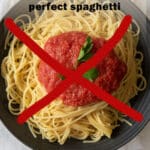
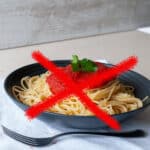
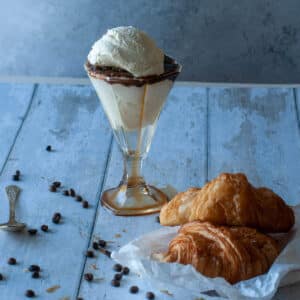
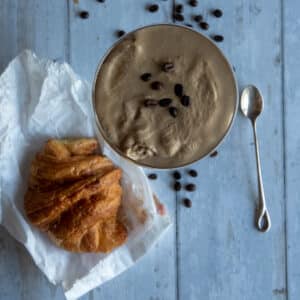
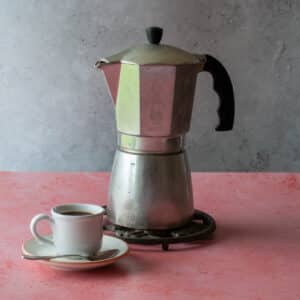
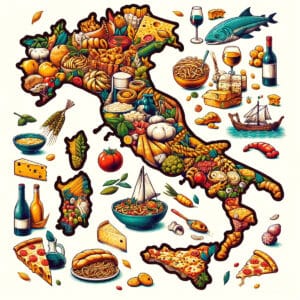
Leave a Reply